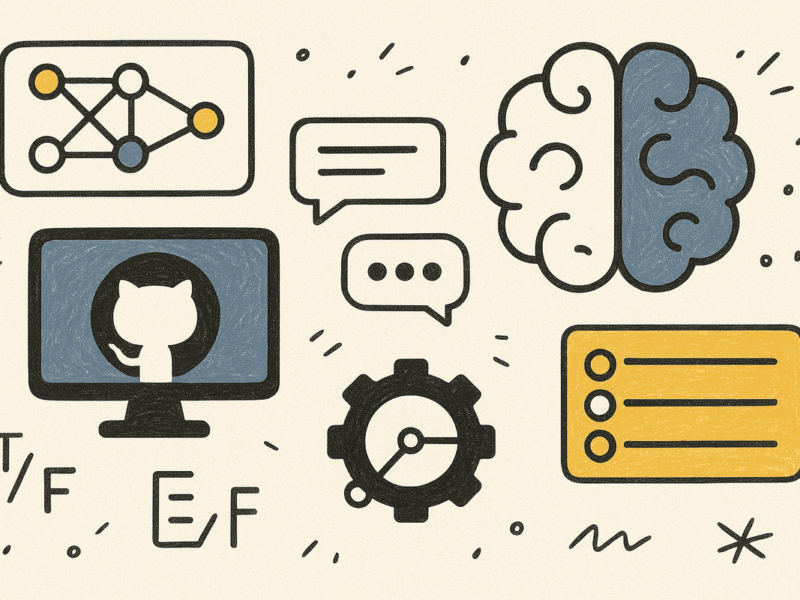Horsepower is a fascinating concept that connects mechanical energy with practical applications in our everyday lives. From the engines that power our vehicles to the machinery that drives industries, understanding horsepower helps us appreciate the effort required to produce motion and perform work. This unit of measurement not only helps differentiate engines but also plays a crucial role in energy conversion and efficiency.
What is horsepower?
Horsepower (hp) is defined as a unit of measurement that expresses the rate at which mechanical energy is expended across the foot-pound-second (fps or ft-lb/s) system. It quantifies the work done when a force of 550 pounds moves through one foot in one second, equating to 33,000 foot-pounds of work per minute.
Historical context of horsepower
Horsepower was introduced by engineer James Watt in the late 18th century as a means to compare the power of steam engines to the capabilities of draft horses. This benchmark allowed people to better understand the performance of various engines in relation to familiar and powerful working animals. Over time, horsepower has evolved within engineering contexts to become a standard unit used across multiple disciplines, including automotive and industrial machinery.
Understanding horsepower calculations
Calculating horsepower involves understanding the relationship between the force exerted by an engine and the speed at which it operates.
Calculation formula
The formula for calculating horsepower is straightforward:
- Formula: horsepower = force (in pounds) x speed (in feet per second)
For instance, if an engine exerts a force of 1,000 pounds and operates at a speed of 10 feet per second, the horsepower would be calculated as follows: 1,000 pounds x 10 feet/second = 10,000 foot-pounds per second, resulting in approximately 18.18 hp.
Applications of horsepower
Horsepower has critical applications in various fields, particularly within automotive and machinery industries.
Horsepower in vehicles
In vehicles, horsepower is an essential specification that influences performance and driving experience.
- Examples of brake horsepower (bhp): Small cars typically feature around 100 bhp, while larger trucks can reach up to 500 bhp.
These measurements help consumers make informed decisions based on the power requirements and efficiency needs of the vehicles they choose.
Horsepower in machinery
Within machinery, horsepower rating can greatly affect functionality and efficiency.
- Context in generators and pumping systems: Smaller generators may operate at around 5 hp, while large industrial diesel engines can be rated at an impressive 500 hp.
The horsepower of machinery relates directly to the output capabilities and energy consumption necessary for various tasks.
Conversion of horsepower
Understanding how to convert horsepower to other power metrics is essential for diverse applications and comparisons across systems.
Key conversion rates
Some important conversion rates include:
- 1 hp = 746 watts (W)
- 1 hp = 0.746 kilowatts (kW)
The formulas for conversion are also straightforward:
- From horsepower to watts: multiply by 746
- From watts to horsepower: multiply by 0.00134
- From kilowatts to horsepower: multiply by 1.34
This knowledge is particularly useful for engineers and technicians working across different energy systems.
Related topics in power measurement
Beyond horsepower, understanding related subjects in power measurement can provide valuable context regarding output and efficiency metrics.
Backup generators and power systems
Horsepower ratings play an important role in data center backup generators, where power reliability is crucial. Evaluating cooling methods and energy requirements helps ensure optimal operation.
UPS selection criteria
When selecting Uninterruptible Power Supplies (UPS), factors such as system capacity, efficiency, and horsepower metrics are vital in guiding informed choices for maintaining power continuity in critical applications.

